Overview of Nabanna Festival
Nabanna Festival, also known as the “new rice festival,” is a traditional harvest festival celebrated predominantly in the rural areas of Bangladesh. It serves as a time-honored tribute to the bounties of nature and the toil of farmers, symbolizing the prosperity and abundance brought forth by the harvest season.
Significance in Bangladeshi Culture
Embedded within the cultural fabric of Bangladesh, Nabanna Festival holds profound significance, reflecting the agrarian heritage and communal ethos of the Bangladeshi people. It serves as a testament to the enduring bond between humanity and the land, highlighting the symbiotic relationship between agriculture and society.
Historical Background
Nabanna (Festival of New Harvest) is a Bengali harvest celebration, usually celebrated by rural people across the country with food, dance and music in Bangladesh and in the Indian State of West Bengal in the Bengali month of Aghrahayan (Nov-Dec). A big attraction of the festival is food where local prepare a vast array of Bengali cuisine and share it amongst family and friends. One sweet and savoury dish can be found all around, called pitha.
The festival is non-communal in nature where farmers celebrate the occasion with smiles and gratification. The celebration begins after harvest, when farmers return home with plenty of golden paddy. Fertility rituals are conducted which make the festival truly a harvest ritual. The festival gets a lot of support from the creative army of Bengali culture. Several poets, musicians, baul and painters flock to such mass gatherings.
Origins of Nabanna Festival
The roots of Nabanna Festival can be traced back to ancient agrarian traditions prevalent in the Indian subcontinent. With Bangladesh’s predominantly agricultural economy, the festival emerged as a way to commemorate the culmination of the harvest cycle and express gratitude to the divine forces for a bountiful yield.
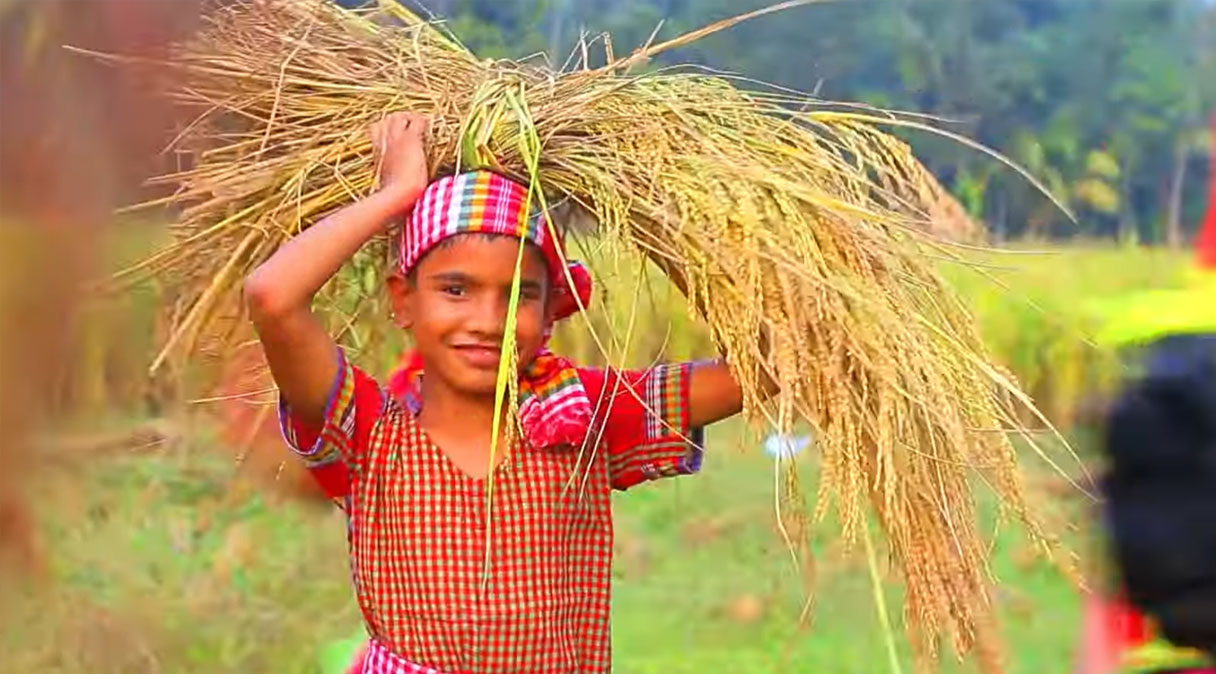
Evolution over the Years
Over time, Nabanna Festival has evolved, incorporating elements of folklore, mythology, and religious practices. While its essence remains unchanged – celebrating the harvest and honoring rural life – the festival has undergone adaptations influenced by socio-cultural dynamics and historical developments.
Cultural Importance
Celebration of Harvest
At its core, Nabanna Festival is a celebration of abundance and fertility, marking the successful culmination of the agricultural cycle. It is a time for farmers to reap the fruits of their labor, offering thanksgiving for the blessings bestowed upon them and their land.
Traditional Rituals and Customs
Central to Nabanna Festival are a myriad of traditional rituals and customs, each imbued with symbolic significance. From offering the first harvest to the deities to organizing communal feasts and cultural performances, these rituals serve to reinforce the cultural identity and communal ties within Bangladeshi society.
Date and Timing
Seasonal Relevance
Nabanna Festival typically falls during the autumn months, aligning with the conclusion of the monsoon season and the onset of the winter harvest. The timing of the festival coincides with the ripening of paddy fields, symbolizing the fruition of months of labor and anticipation.
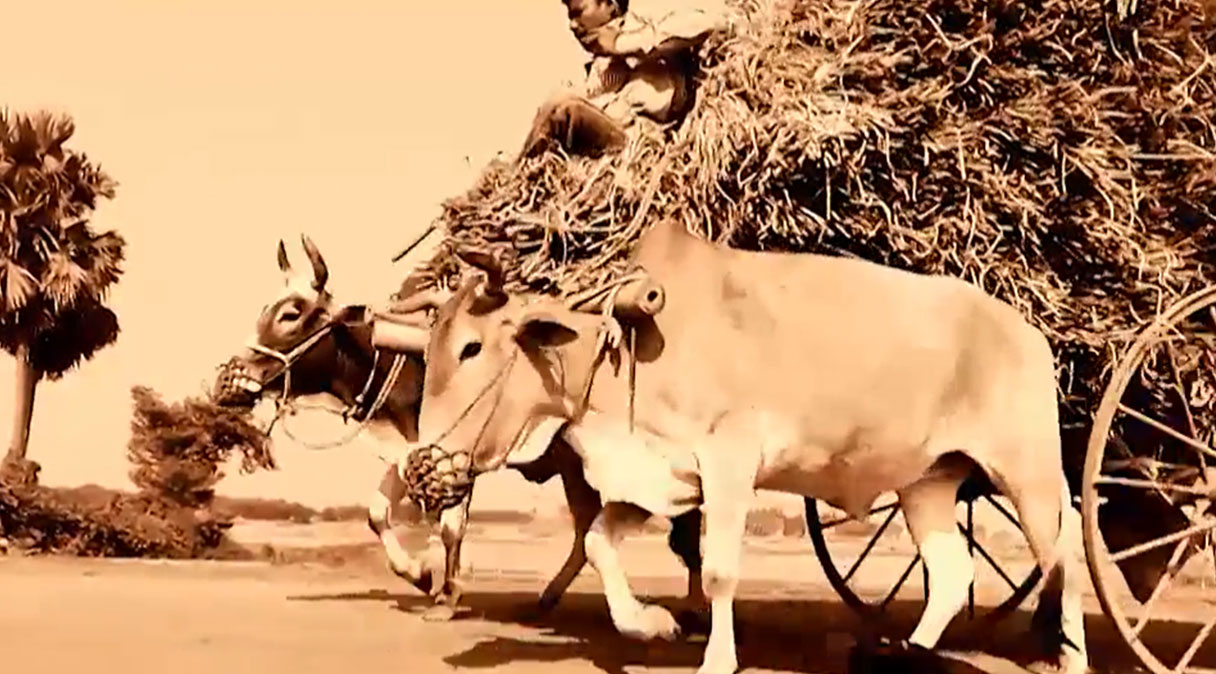
Specific Dates and Duration
While the exact dates of Nabanna Festival may vary based on regional calendars and local customs, it is commonly observed in the Bengali month of Agrahayan, corresponding to November in the Gregorian calendar. The festival often spans several days, with each day marked by distinct rituals and festivities.
Regional Variations
Differences across Regions in Bangladesh
Throughout Bangladesh, Nabanna Festival is celebrated with fervor and enthusiasm, albeit with regional variations in customs and traditions. The diversity of landscapes, ethnicities, and cultural practices lends a unique flavor to the festival, with each region showcasing its distinct rituals and culinary delights.
Unique Practices and Festivities
From the riverine communities of the Sundarbans to the lush greenery of Sylhet, each region boasts its own set of rituals and festivities associated with Nabanna Festival. Whether it’s the colorful processions in rural villages or the spirited dance performances in urban centers, the essence of the festival remains deeply ingrained in the collective consciousness of the Bangladeshi people.
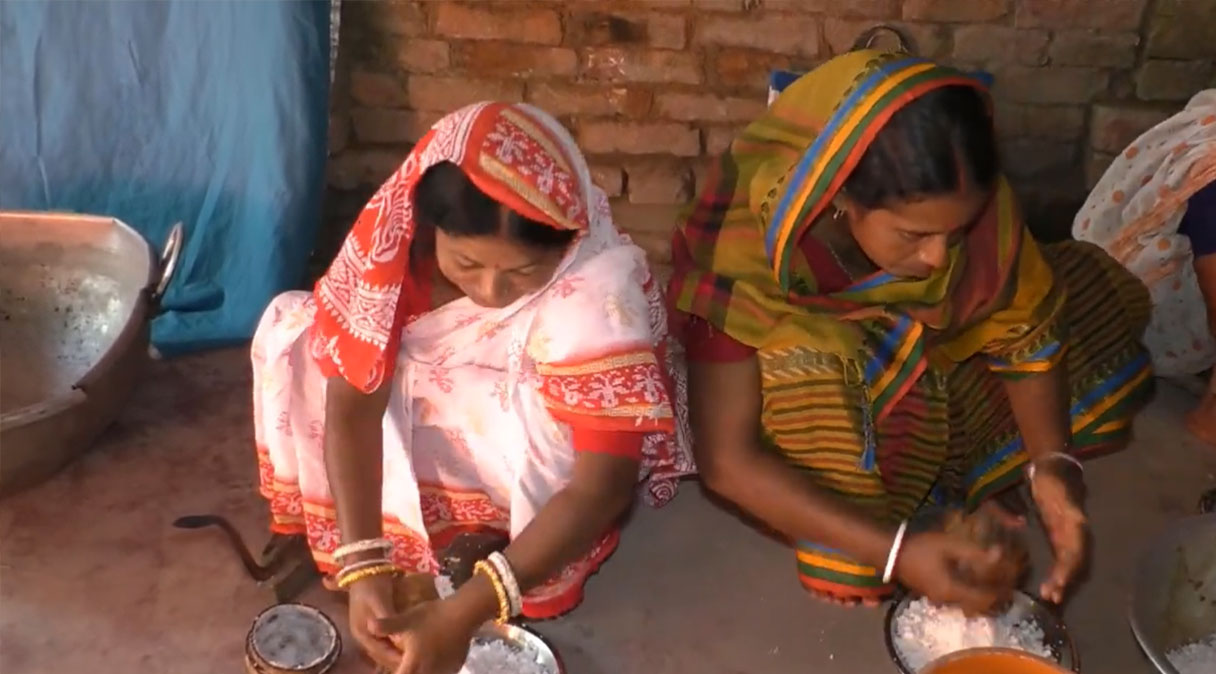
Preparations and Planning
Farming Activities Leading up to the Festival
In the weeks preceding Nabanna Festival, farmers engage in a flurry of activities to prepare for the harvest and subsequent celebrations. This includes tending to crops, ensuring adequate irrigation, and safeguarding against pests and diseases. The anticipation of a successful harvest imbues the air with a sense of excitement and optimism.
Community Involvement and Cooperation
Nabanna Festival is not merely a celebration confined to individual households; it is a communal affair that fosters solidarity and cooperation within villages and towns. Neighbors come together to assist with harvesting, sharing resources, and collectively preparing for the festivities ahead. This spirit of camaraderie underscores the communal ethos that defines Bangladeshi rural life.
Rituals and Traditions
Offerings to the Deities
Central to Nabanna Festival is the offering of the first fruits of the harvest to the deities, seeking their blessings for a bountiful yield in the coming year. These offerings, often made in elaborately decorated trays, symbolize gratitude towards the divine forces believed to govern agricultural prosperity.
Special Prayers and Ceremonies
Throughout Nabanna Festival, special prayers and ceremonies are conducted to invoke blessings for prosperity, fertility, and abundance. From traditional rituals performed at home altars to grand ceremonies held at community temples, these spiritual observances serve as a solemn reminder of the interconnectedness between humanity and the divine.

Food and Cuisine
Traditional Dishes Prepared During Nabanna
A highlight of Nabanna Festival is the sumptuous array of traditional dishes prepared to commemorate the harvest season. From fragrant rice dishes to savory vegetable curries and sweet delicacies made from newly harvested crops, the culinary offerings reflect the richness and diversity of Bangladeshi cuisine.
Symbolism of Certain Foods
Many of the foods prepared during Nabanna Festival carry symbolic significance, representing prosperity, fertility, and auspiciousness. For example, dishes made from newly harvested rice symbolize abundance and sustenance, while sweets like roshogolla and sandesh signify sweetness and prosperity in the year ahead.
Music and Dance
Folk Performances and Cultural Shows
Nabanna Festival is synonymous with vibrant folk performances and cultural shows that showcase the artistic heritage of Bangladesh. From traditional folk dances like Jari and Shari to musical performances featuring indigenous instruments such as the dhol and flute, the festival reverberates with the sounds and rhythms of Bangladeshi culture.
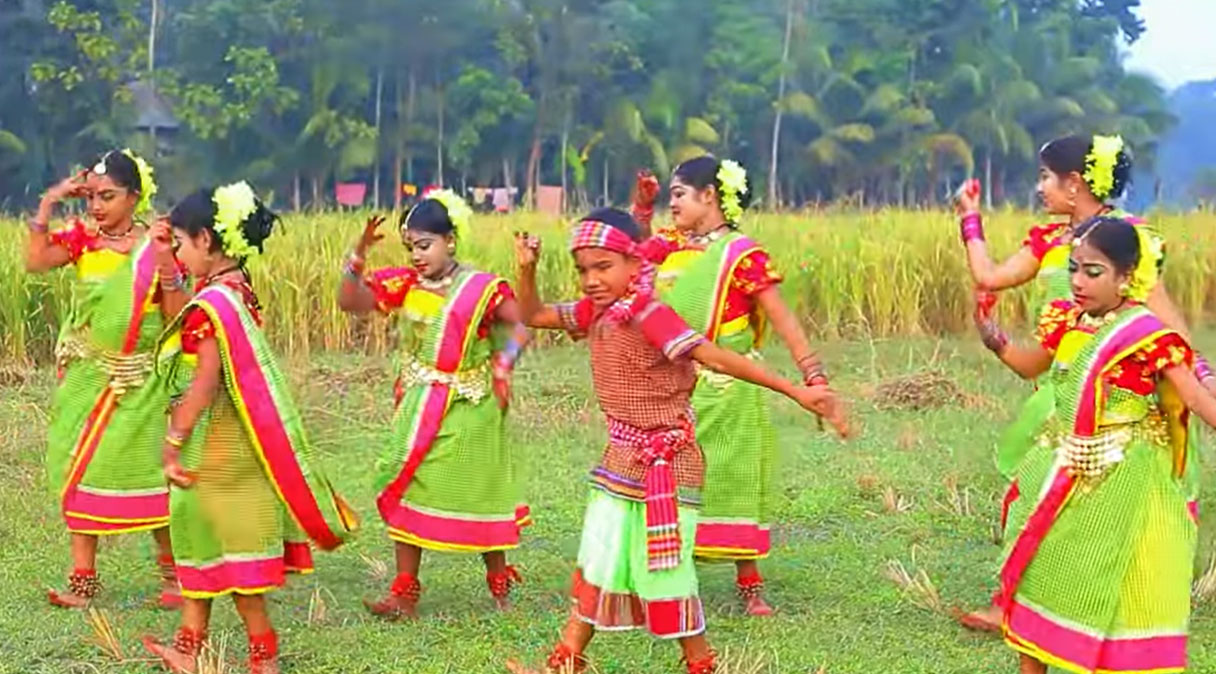
Role of Music and Dance in Festivities
Music and dance play a central role in fostering a festive atmosphere during Nabanna celebrations, uniting communities in joyful expression and collective revelry. Whether it’s the rhythmic beats of the dhak accompanying a dance procession or the melodious strains of Baul music echoing through the countryside, the power of music to uplift spirits and evoke shared emotions is palpable.
Clothing and Attire
Traditional Garments Worn During Nabanna
Attire worn during Nabanna Festival reflects the cultural heritage and sartorial traditions of Bangladesh. Women often adorn themselves in vibrant sarees or salwar kameez adorned with intricate embroidery and traditional motifs, while men opt for traditional panjabis or kurta pajamas, accessorized with ornamental jewelry and headwear.
Symbolic Significance of Attire
The choice of attire during Nabanna Festival carries symbolic significance, reflecting themes of fertility, prosperity, and cultural pride. The vibrant colors and intricate designs of traditional garments serve as visual expressions of the festive spirit, evoking a sense of collective identity and cultural belonging.
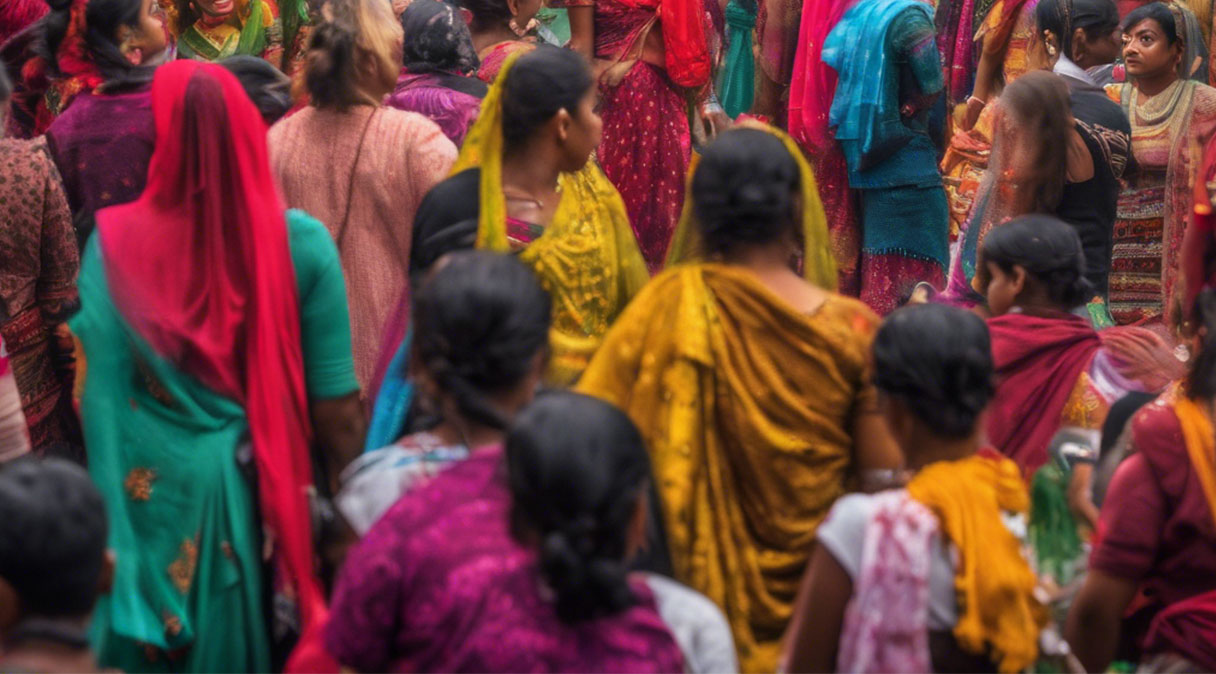
Social Significance
Strengthening Community Bonds
Nabanna Festival serves as a catalyst for strengthening social bonds and fostering a sense of unity within communities. Through collective participation in rituals, feasts, and festivities, individuals from diverse backgrounds come together to celebrate their shared cultural heritage and agricultural traditions.
Promoting Cultural Heritage and Identity
In the midst of the fast-paced changes brought about by modernization and globalization, the Nabanna Festival holds great importance in safeguarding and highlighting the cultural heritage and identity of Bangladesh. By emphasizing the significance of traditional practices and local knowledge, the festival serves as a powerful symbol of the unwavering strength of Bangladeshi culture.
Economic Impact
Boost to Local Economy
The celebration of Nabanna Festival has significant economic implications, particularly for rural economies dependent on agriculture. The increased demand for agricultural produce, handicrafts, and traditional goods during the festival season stimulates local commerce and provides a vital source of income for rural communities.
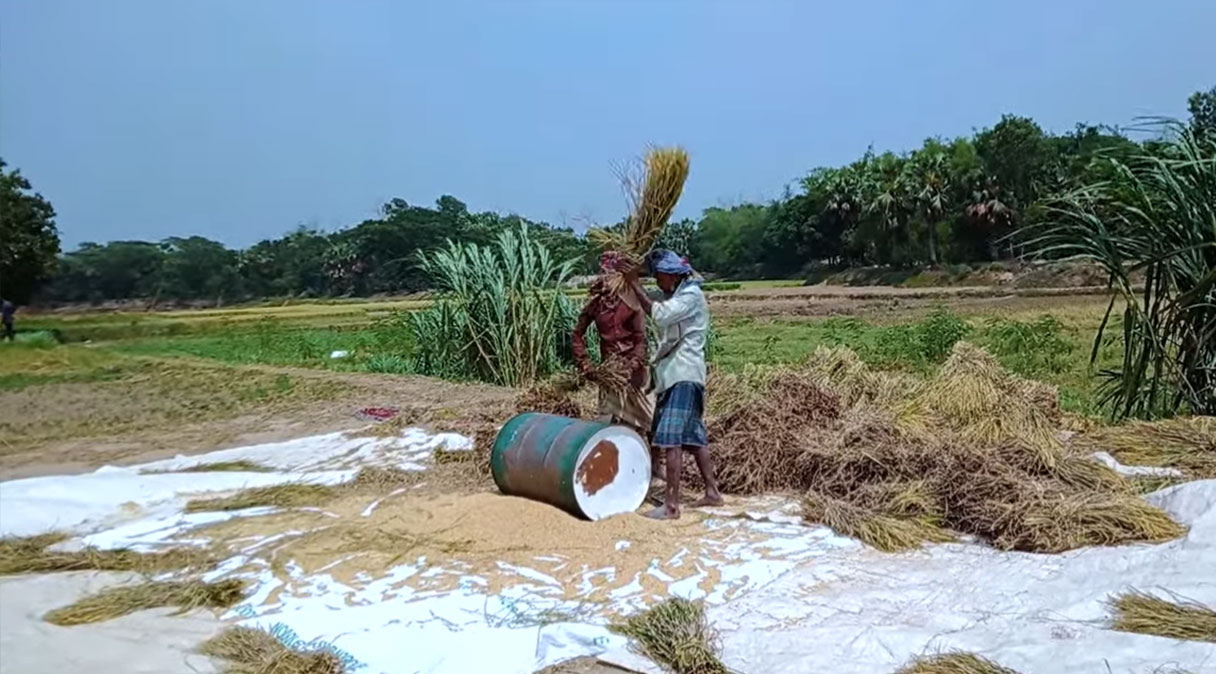
Market Activities and Trade During Nabanna
During the Nabanna Festival, marketplaces come alive with energy as vendors display all sorts of farm products, handmade items, and festive goodies. Whether it’s the busy markets in the city or the lively haats in the countryside, the festival is a great chance for people to trade, do business, and share their culture.
Environmental Awareness
Emphasis on Sustainability
In recent years, there has been a growing emphasis on promoting environmental awareness and sustainable practices during Nabanna Festival. From organic farming methods to eco-friendly packaging, efforts are underway to minimize the festival’s ecological footprint and foster a deeper connection to the natural world.
Modern Adaptations
Influence of Urbanization and Globalization
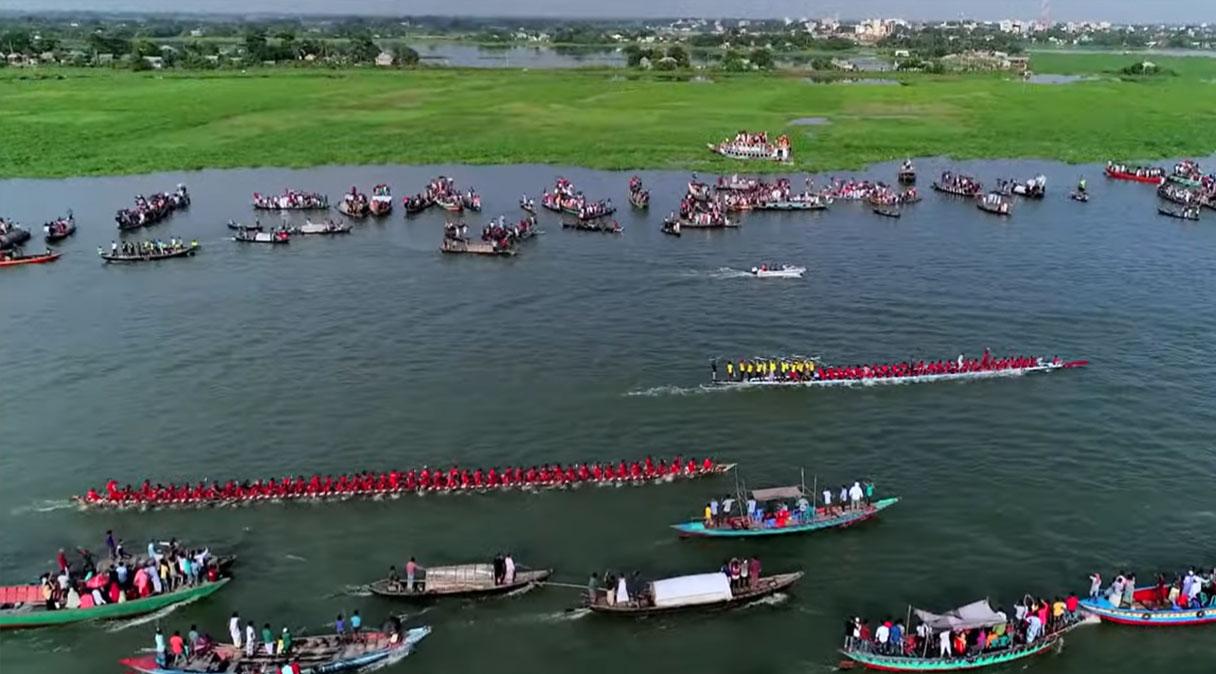
In the face of urbanization and globalization, Nabanna Festival has undergone adaptations to suit changing lifestyles and preferences. Urban dwellers often reinterpret traditional rituals and customs in contemporary settings, blending age-old traditions with modern sensibilities to create unique expressions of cultural identity.
Government Initiatives
Support for Nabanna Festivities
The Bangladesh government really gets involved in backing and promoting the Nabanna Festival because it’s a big part of their cultural heritage. They help out by funding cultural activities, improving facilities, and running promotional campaigns. The goal is to keep the festival lively and important for future generations.
Promotion of Cultural Events
Along with the Nabanna Festival, the government also backs a bunch of cultural events and projects that help keep Bangladesh’s amazing heritage alive and encourage cultural exchange. You’ll find everything from folk festivals and craft fairs to efforts aimed at conserving heritage. These activities show a real commitment to protecting the country’s cultural legacy.
Challenges and Concerns
Threats to Agricultural Practices
Despite its cultural significance, Nabanna Festival faces challenges stemming from factors such as climate change, environmental degradation, and socio-economic disparities. Declining agricultural yields, water scarcity, and land degradation pose significant threats to traditional farming practices, jeopardizing the sustainability of rural livelihoods.
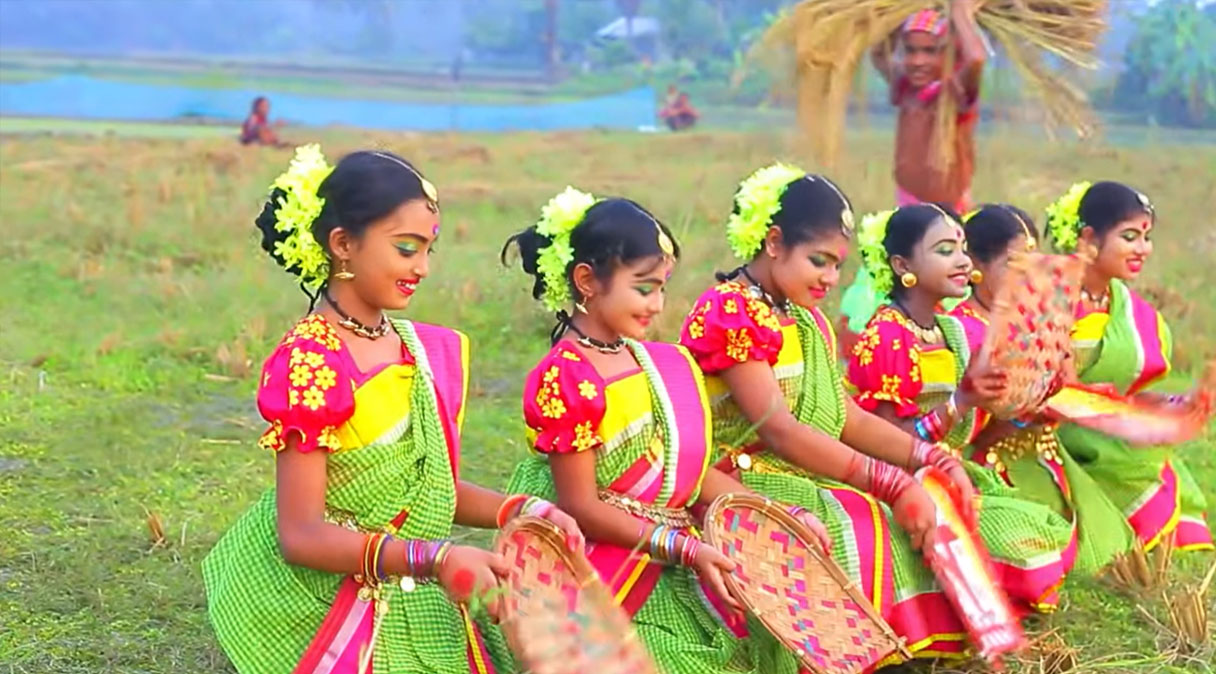
Conservation of Traditions Amidst Modernization
The rapid pace of modernization poses challenges to the preservation of traditional customs and practices associated with Nabanna Festival. As rural areas change and become more alike in terms of culture and economy, there’s a risk that long-standing traditions and local knowledge could fade away. This highlights the need for strong efforts to protect our cultural heritage.
Future Prospects
Sustainability of Nabanna Festival
Despite the challenges, Nabanna Festival remains resilient, adapting to changing times while staying true to its cultural roots. As more people care about keeping the environment safe and preserving culture, there’s a good feeling about how the festival will stay important and lively in the future.
Preservation of Cultural Heritage
As Bangladesh navigates the complexities of modernity and globalization, the preservation of cultural heritage assumes paramount importance. Nabanna Festival serves as a symbol of resilience and continuity, embodying the timeless essence of Bangladeshi culture and fostering a sense of pride and belonging among its people.
Conclusion
Nabanna Festival stands as a testament to the enduring spirit of gratitude, resilience, and community that defines Bangladeshi culture. The festival brings people together with its lively rituals, colorful celebrations, and cherished traditions. It highlights the deep bond we share with nature and something greater than ourselves, becoming a source of joy and inspiration for future generations.
FAQs
What is the Nabanna Festival in Bangladesh?
Nabanna Festival is a traditional harvest celebration in Bangladesh, marking the end of the rice cultivation season. It typically occurs in mid-November, showcasing agricultural prosperity and cultural heritage through vibrant community gatherings.
When and Where is the Nabanna Festival Celebrated?
The festival is primarily celebrated in rural areas of Bangladesh, especially in agricultural regions.
What Are the Key Traditions of the Nabanna Festival?
The Nabanna Festival, celebrated in Bangladesh and parts of India, is steeped in agricultural traditions and cultural significance. It marks the end of the harvest season, symbolizing gratitude for a successful harvest and hopes for prosperity.
How Do Bangladeshi Communities Prepare for Nabanna Festival?
The Nabanna Festival in Bangladesh, also known as the Harvest Festival, is celebrated with great enthusiasm and cultural significance.
Why is Nabanna Festival Significant in Bangladeshi Culture?
Nabanna Festival represents more than a harvest celebration—it symbolizes agricultural resilience, cultural identity, and community solidarity. It highlights the importance of agriculture in Bangladesh’s economy and preserves centuries-old traditions connecting people with their agricultural roots.


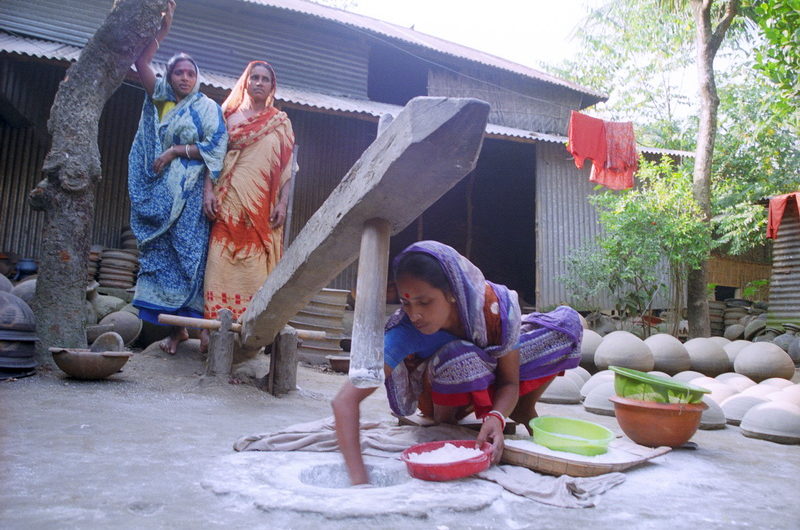
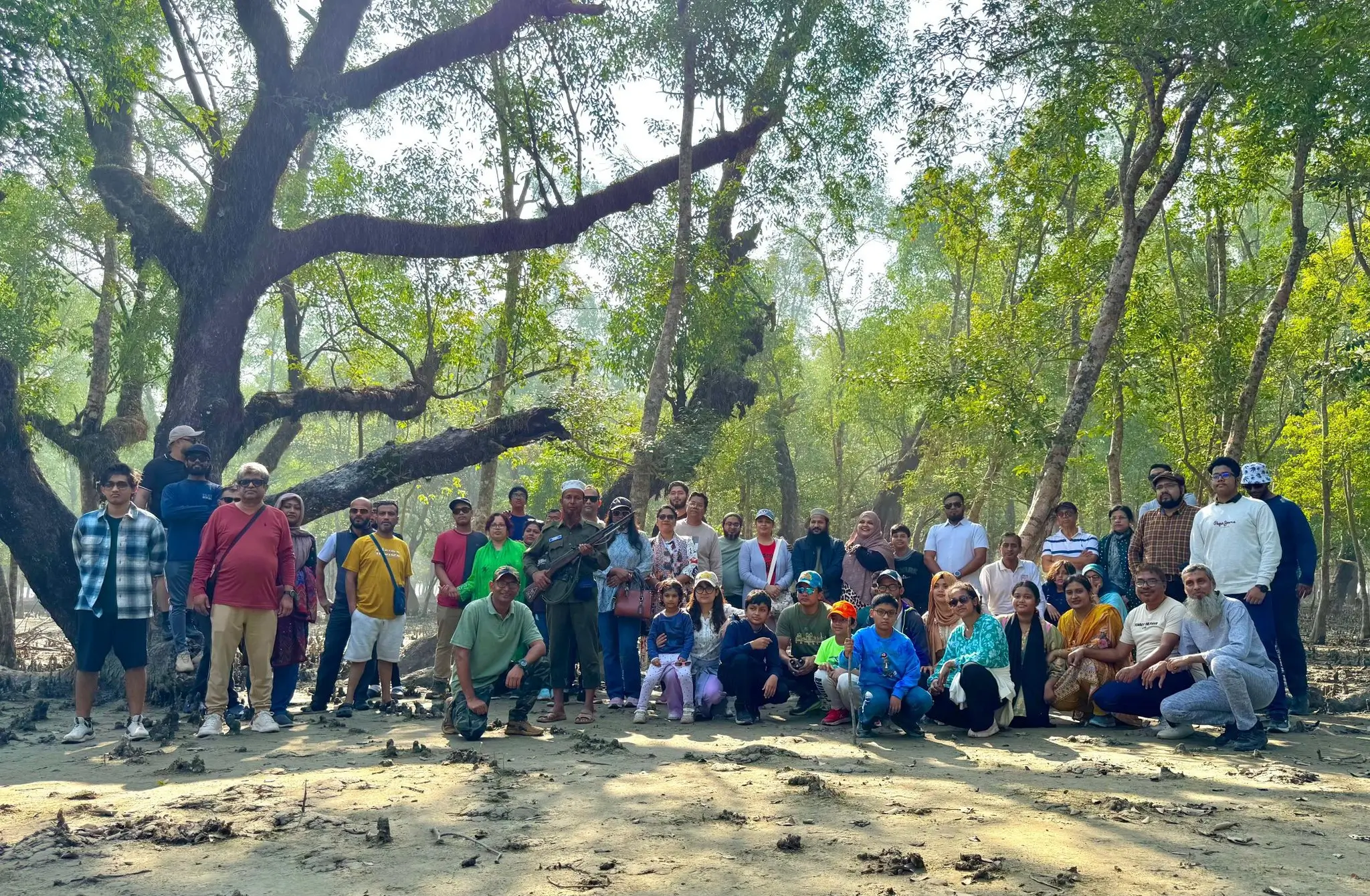

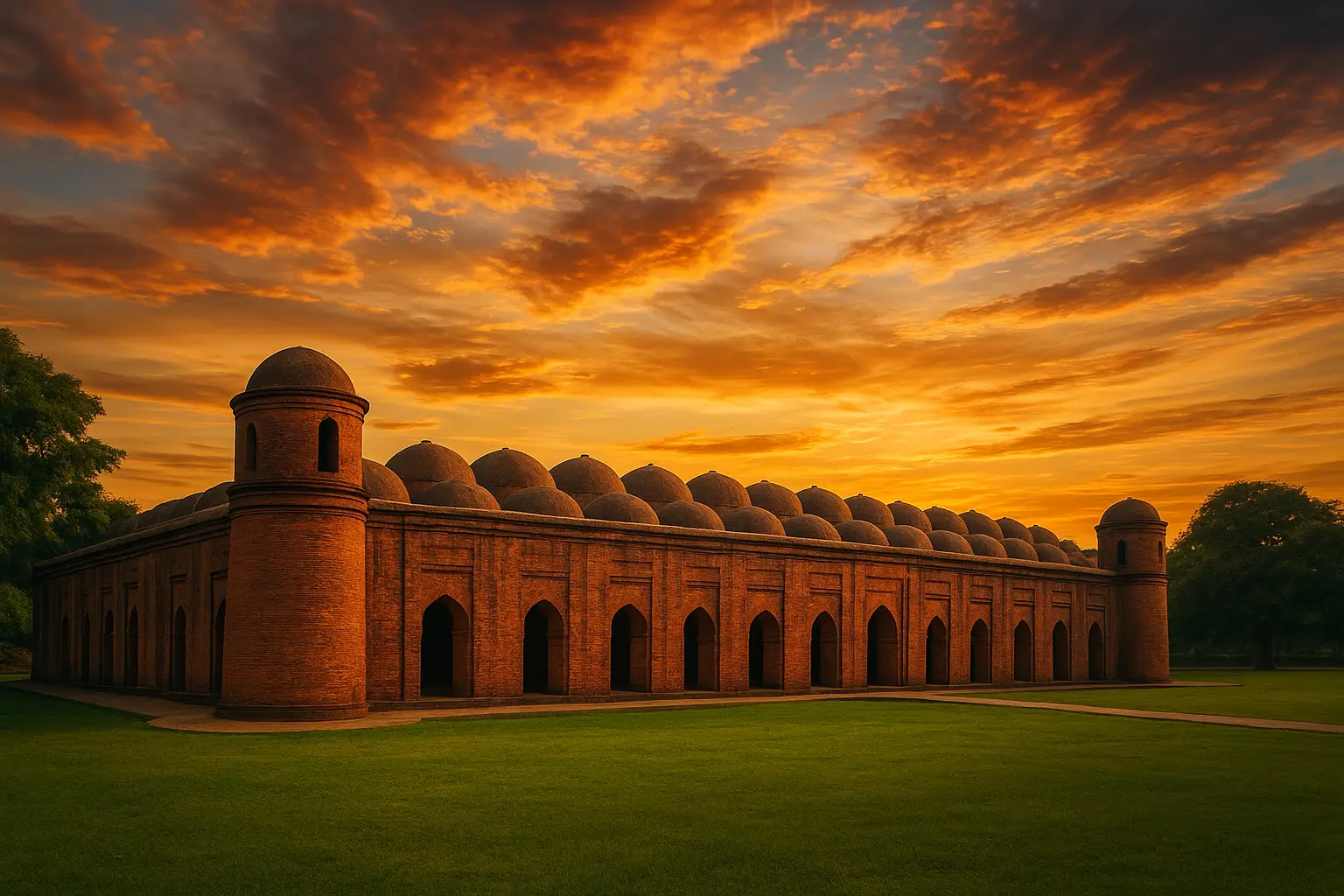





Comments